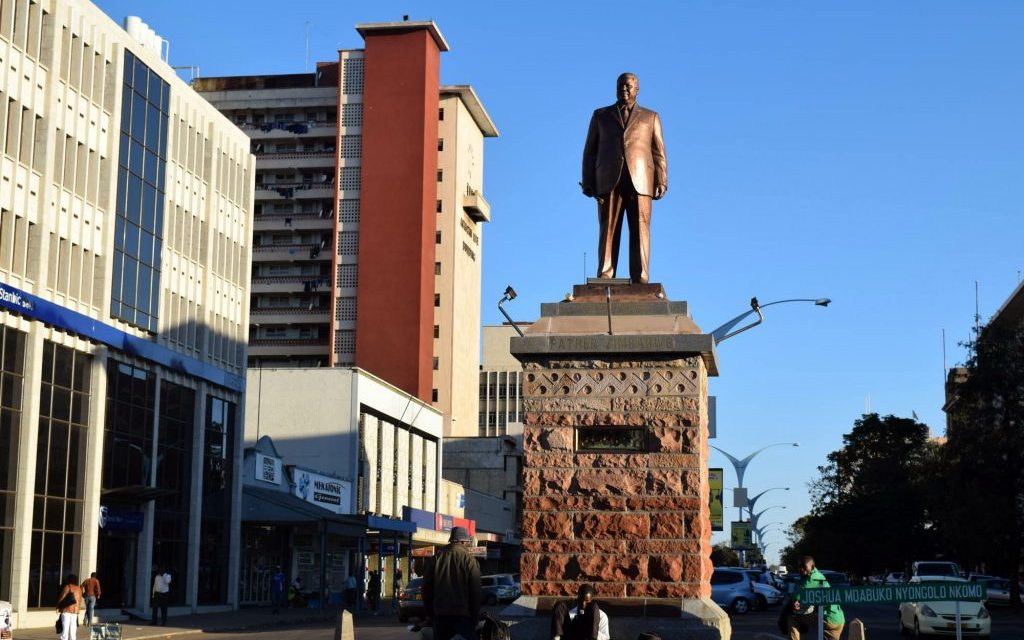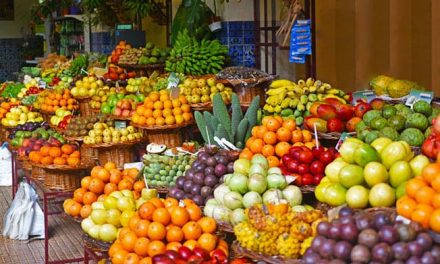Bulawayo is Zimbabwe’s second-largest city. It is affectionately known as the City of Kings (and Queens as some like to add). That label stems from historical times. That region many years ago used to host several kingdoms namely, the Ndebele, Rozvi, and Torwa. The central business district is popular for its wide streets. Plus it is for the most part clean. Bulawayo was founded as a city during colonial times in 1894. That means this year marks Bulawayo’s 128th year of existence. Bulawayo used to be an industrial hub but that has sadly changed over the years.
Strategic Location
Part of the reason why Bulawayo easily became an industrial hub was its location. Bulawayo is considered a strategic gateway in and for Southern Africa. Bulawayo is close to Botswana and South Africa. This made Bulawayo easily access regional markets. Not surprising that there is a multilingual diversity in Bulawayo. Besides the common Ndebele, Shona, and English; Tonga, Venda, Sotho, Nambya, and Kalanga are common there. It is also close to one of the wonders of the world, Victoria Falls. It is also close to Matopos, Matobo National Park, and Khami Ruins, amongst others. No wonder why it was inevitable that several key railroads pass through Bulawayo. The NRZ used to have its headquarters in Bulawayo. Today those railroads are mostly barely operational. Back then Belmont used to be an active industrial area because of that.
Industrial Activity Highlights From Before
Bulawayo used to be a major hub for vehicle assembly, tyre production, textiles production, manufacturing of construction materials, consumer electronics and furniture. Food processing was also a key highlight of industrial activity in Bulawayo. Processing of leather and manufacturing of leather products were also common. Diverse engineering works had a strong base in Bulawayo.
Given the generally low rainfall in that region, Bulawayo was always ideal for cattle production. Remember how years back Zimbabwe used to be acclaimed for exporting top-notch beef to the EU and USA? It was Bulawayo that was majorly responsible for that; the national Cold Storage Commission (CSC) headquarters were even in Bulawayo.
Today that is no longer the case as much is now dormant. Many once vibrant buildings are now either derelict or being used for other non-industrial uses. Often time I hear people recommending settling in Bulawayo because it is quiet. That quietness is a tell-tale indicator of the little to zero industrial activity left.
Accolades From The Hey Days
In 1992 Bulawayo was a global finalist in a competition that considered cities that actively tackled environmental and developmental issues in modern times. Did you know that in 1996, Bulawayo was awarded the 2nd healthiest city in the world by World Health Organization (WHO)? It was once recognised by the UK as Africa’s first responsible city. This stemmed from Bulawayo’s solid environmental sustainability frameworks. Bulawayo Municipality was the first to launch a Customer Service Call Centre in Zimbabwe 10 years ago. Bulawayo once won the prestigious UN Urban Housing Merits Award – won it twice. These are some of the accolades that show how industrious Bulawayo used to be.
What Led To The Retrogressive Change?
Economic Downturn
There are several reasons cited for this, some straightforward, some contentious. The most obvious one is the economic instability that started around 2007 to 2008. This did affect every part of Zimbabwe but one wonders why Bulawayo never quite recovered from that.
Tribal Contentions
The other reason pertains to tribal issues about Zimbabwe’s leadership. There is a belief by many that Bulawayo has been mostly marginalized due to those tribal dynamics. Thus due to that element, some people feel it forced most businesses to move shop to Harare. This is a heavily debated issue but it surely has had bearings on Bulawayo. Politically there have also been some challenges some of which have their roots in tribalism.
Centralization Of Entities And Activities In Harare
Another issue is the centralization of most things in Harare. This has over the years led to a place where Bulawayo is side-lined. Overall, as industrial activity plummeted over time, several other companies saw relocating to Harare as their viable alternative. Due to the centralization of many things in Harare, Bulawayo has mostly not been prioritized when it comes to recapitalization and relevant support.
Perennial Water Crises
It has also been cited that water challenges are a serious hurdle in Bulawayo. This has also impeded industrial activity since water tends to be a major input. Typically it does not rain much in Bulawayo and surrounding areas. This has been worsened over the years due to ever-decreasing and erratic rainfall patterns. The ever-increasing prevalence of hot weather has also exerted more pressure on the water supply. Unfortunately, not many long haul interventions to circumvent that challenge have been rolled out. Lack of funding has been highlighted as the culprit. This has also been worsened by widespread corruption in local authorities.
For Bulawayo to rise again, the focus must now be more on forward-looking than retrospection. Times have changed and new approaches will be needed. There is a need for concerted efforts in R&D and uptake of tech or digital innovations. The untapped power of earning institutions like NUST and Zimbabwe School of Mines should be harnessed and translated to disruptive innovations and startups. Government and the private sector must play an active role in the recapitalization of efforts to resuscitate industries in Bulawayo. Investor-friendly policies for both domestic and foreign investors need to be enacted. I believe that Bulawayo is an ideal region for setting up solar farms. Such solar farms have what it takes to power Bulawayo entirely and beyond. Reviving the rail network and livestock farming (e.g. cattle and goats) domains will be instrumental. These are some of the urgent interventions needed. What are your thoughts on this important subject?








